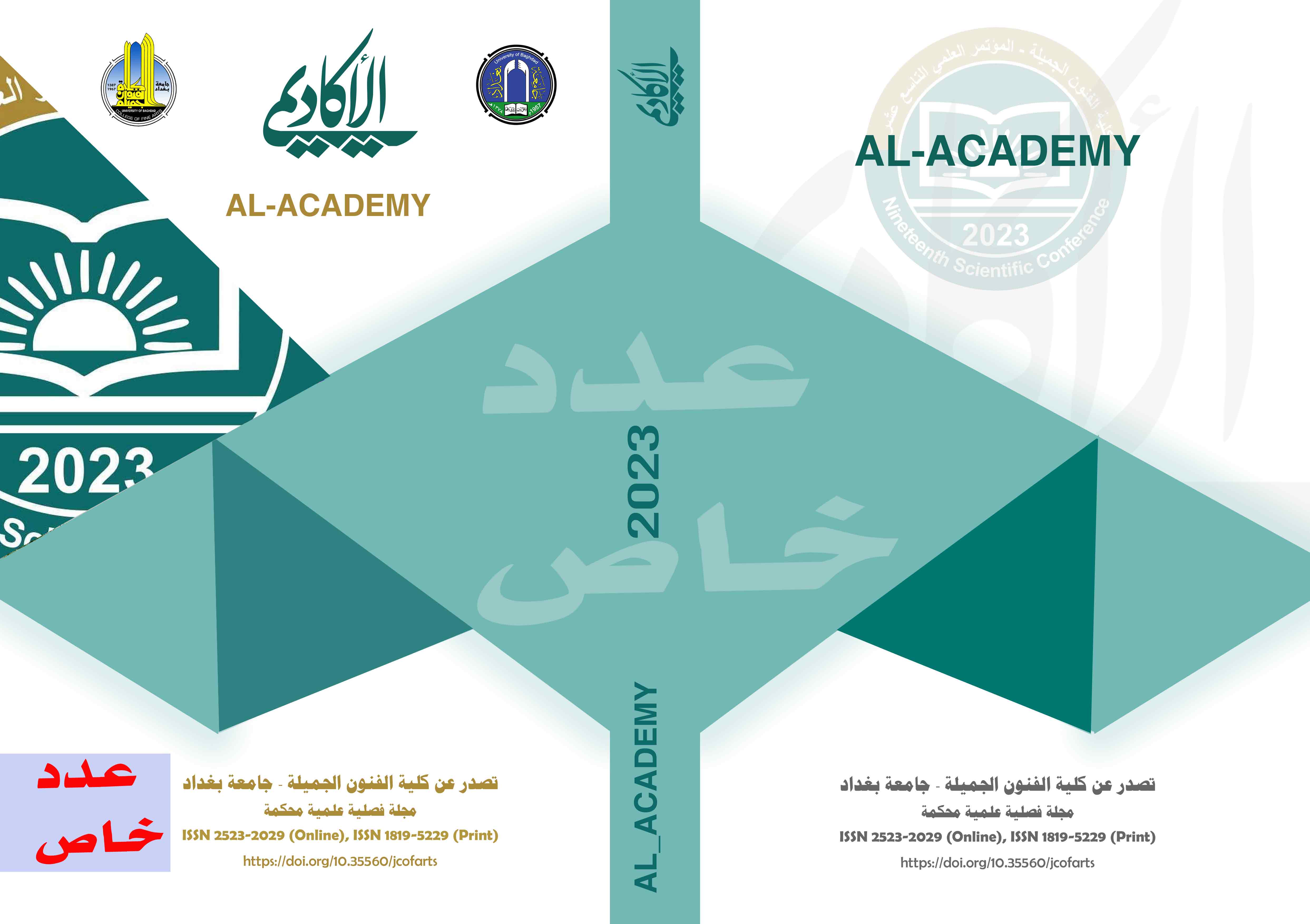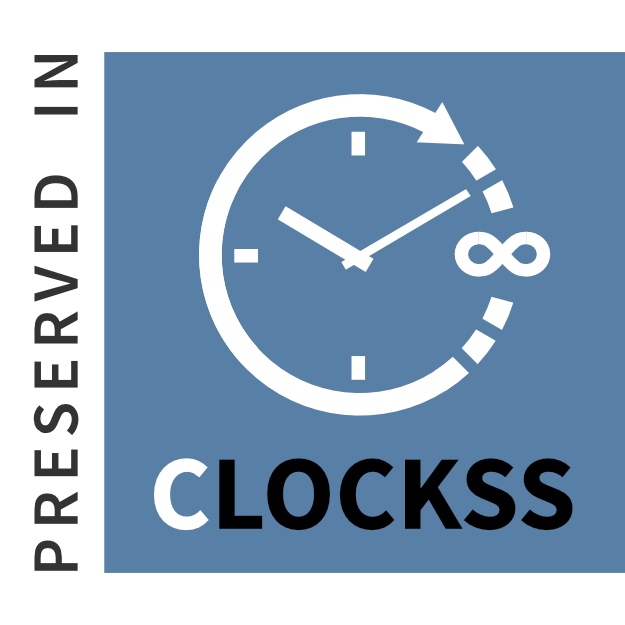The impact of the flipped classroom strategy on developing the communication skills in classes among art education students
DOI:
https://doi.org/10.35560/jcofarts1237Keywords:
flipped classroom strategy , communication skillsAbstract
The technology and modern social communication medias have contributed to changing many of our concepts about education to a large extent; these technological advancements have created new challenges for the Instructor of course, but on the other hand it did provided him with expressive media, models and strategies that the old methods cannot fulfill, including the flipped classroom strategy, which is one of the modern technical solutions and in it's optimal use it can correct the weakness of the traditional education and can develop the communication skills as a whole among the students, in order to create a positive, active and interactive student.
The current research contained - four chapters: the first one included the methodological framework represented by the aim of the study ((to know the impact of the flipped classroom strategy in developing class communication skills among students of art education)), the research included only the students of the fourth grade - Department of Art Education - the second semester For the year (2022_ 2023) - the subject of modern and contemporary art history - and the use of one of the means of social media communication (Telegram), and a zero hypothesis has been set for that. The second chapter include the literature review, focusing on two topics, the first is the definition of the flipped classroom strategy, while the second dealt with classroom communication skills. leading to the third chapter which is the research methods that include the presentation the sampling of the population and the the method of using educational video clips - in addition to the observation card - then the conducting of the research.The fourth chapter, includes the research results and their interpretation. The fifth provide the conclusions, recommendations and suggestions. Finally the research ended with a list of references
References
Abdel-Hadi, N., & others. (1424). skills in language and thinking. Amman: Dar Al-Masirah.
Al-Ayasrah, M. (2013). The Use of Verbal and Non-Verbal Communication Skills by Islamic Education Teachers in the Sultanate of Oman in Some Variables. Journal for Humanities Research, 27(11).
alheela, M. M. (2002). Classroom teaching skills (1 ed.). Amman: Dar Al Maysara for Publishing and Distribution.
Al-Khalifa, H., & Mutawa, Z. (2015). Effective Teaching Strategies. Saudi Arabia.
al-naqa, & others. (2011). Classroom communication skills and their level of performance among teachers of Arabic language and science at the basic stage. Gaza, Palestine: Islamic University.
Al-Sharman, A. A. (2015). Blended learning and flipped learning (1 ed.). Amman: Dar Al-Masra for Publishing and Distribution.
Al-Youssef, R. M. (2013). Social skills and their relationship to perceived self-efficacy and academic achievement. Journal of Islamic Studies for Educational and Psychological Studies, 21(1).
Al-Zahrani, A. R. (2015). The effectiveness of the flipped classroom strategy in developing the level of cognitive achievement of the e-learning course among students of the Faculty of Education at King Abdulaziz University. Journal of the Faculty of Education, 2(162).
Al-Zoubi, M. A. (2002). Effective communication between the teacher and the student and its educational and psychological obstacles.
Amer, T. A. (2015). Mind maps and learning skills your way to building smart ideas (1 ed.). Cairo: Egyptian Book House,The Arab Group for Training and Publishing.
Habib, R., & others. (1425). skills and means of communication. Jeddah : Dar Jeddah Library.
Hayat, K. (2007). The internal communication strategy in the organization, the case of the National Company for the Implementation of Channels, Master Thesis,. Algeria: Boumerdames University.
Hung, H.-T. (2015). Flipping the Classroomfor English language Learners to Foster Active Learning. Computer Assisted Language Learning Journal, 1(28).
Kapoor, H. (2011). The effectiveness of a training program to develop communication skills between the teacher and the learner and its impact on the learner's academic achievement, PhD thesis,. Syria: University of Damascus.
Khalifa, M. Z. (2013). Flipped classrooms are an introduction to creating an inclusive learning environment. Higher Education Studies Journal.
Lage, M. P. (2000). Inverting the classroom: A gateway to creating an inclusive learning environment. Journal of Economic, 31(1).
Qasim, A.-N., Jaber, M., & Khalfan, A. (2005). Classroom communication skills and the level of their performance among teachers of Arabic language and science at the basic stage, studies in curricula and teaching methods. Egypt: Faculty of Education, Ain Shams University.
Rashida, A., & Ahmed, A. (2017). The effect of using the flipped classroom strategy on the development of mathematical thinking and the motivation towards learning mathematics among first year secondary scientific students(Master's thesis). Al al-Bayt University.
Shuqair, A., Hellas, M. S., & Darwish, D. (2010). Effective Teaching Skills (1 ed.). Gaza, Palestine: Afaq Bookshop.
Suleiman Al-Muzayen, a. S. (2011). Classroom communication and its relationship to the problems of discipline in secondary schools in Gaza Governorate in the light of some variables, research in the Conference on Dialogue and Educational Communication,. College of Education, Islamic University.














